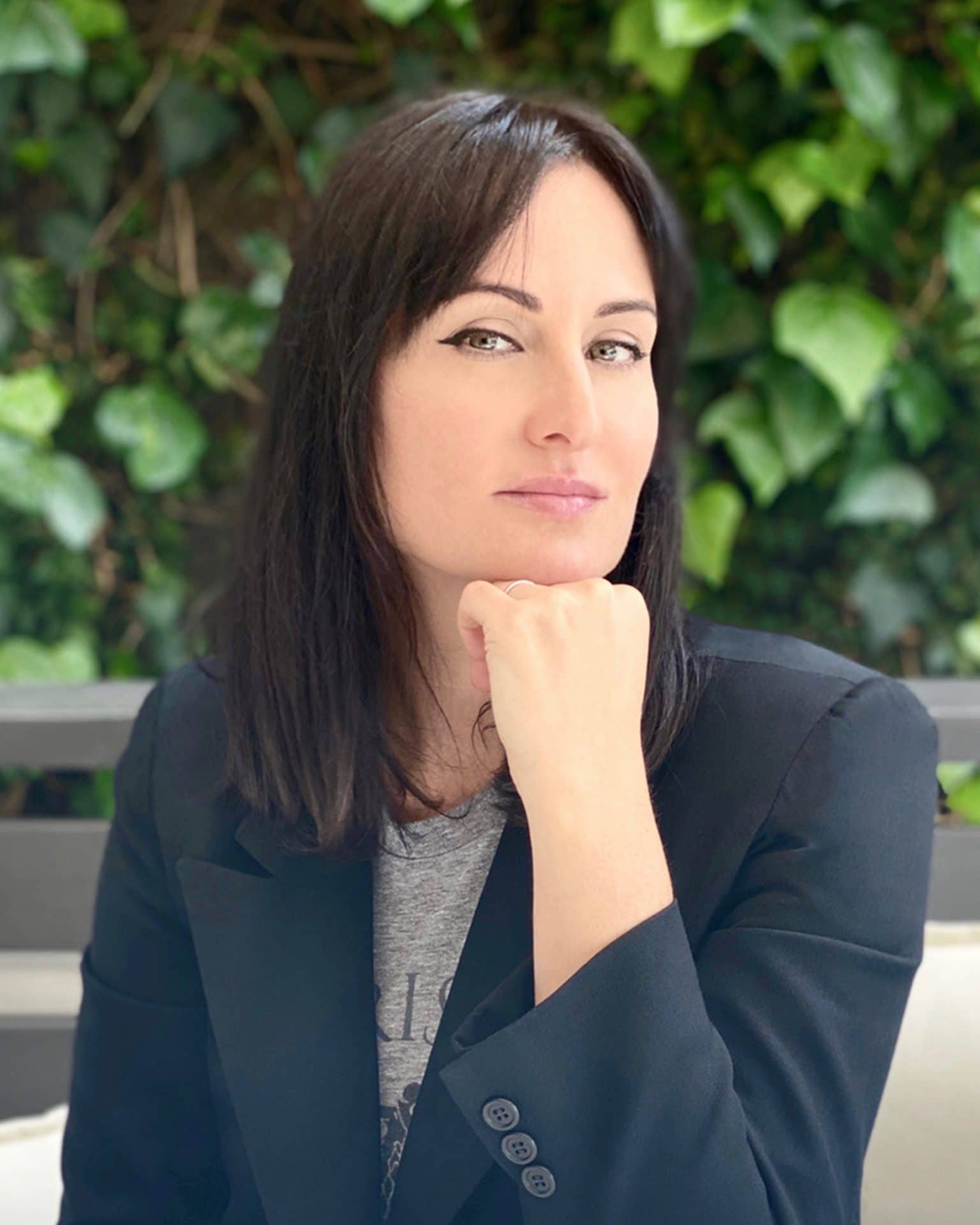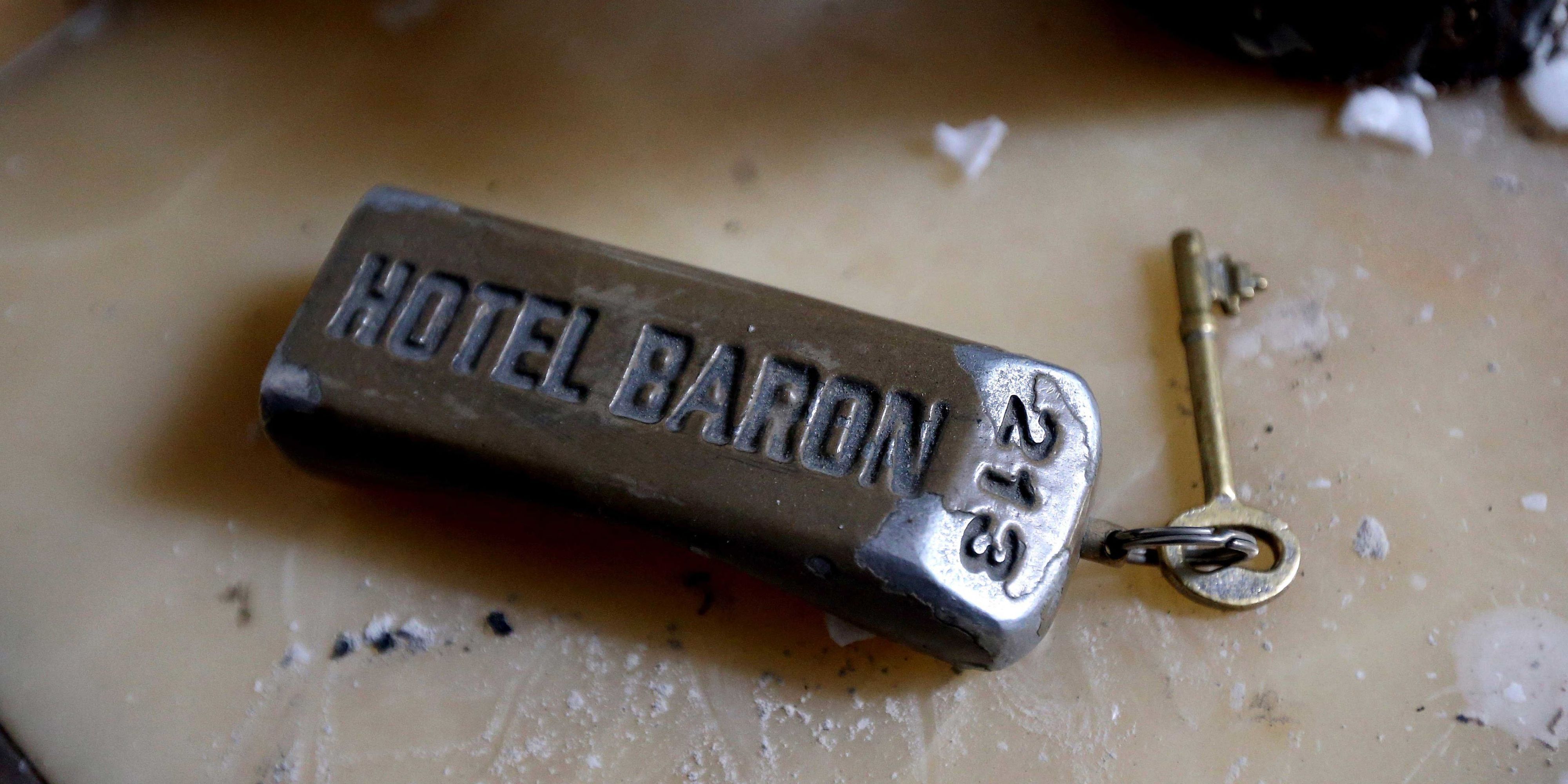

She found a way through Hersey's reporting on Hiroshima-which Schlosser called the “greatest non-fiction” piece of writing. Schlosser, an author and investigative journalist, has written books that include Fast Food Nation Reefer Madness and Command and Control: Nuclear Weapons, the Damascus Accident, and the Illusion of Safety, which was a finalist for a 2014 Pulitzer Prize.īlume said that before writing Fallout, she wanted to drive home the importance of investigative journalism and a free press, which she believes is under attack. Her book Everybody Behaves Badly was a non-fiction New York Times bestseller. 30.īlume, a Los Angeles-based journalist, author, and biographer, has had her work appear in Vanity Fair, The New York Times and The Wall Street Journal. Blume, joined by investigative journalist Eric Schlosser, discussed her book as part of an online panel discussion presented by Hollywood, Health & Society on Thursday, Sept.

Blume’s new book, Fallout: The Hiroshima Cover-Up and the Reporter Who Revealed It to the World.

How Hersey got the story and delivered a landmark work of journalism is itself the subject of Lesley M.M. government and military waged a campaign of suppressing information about the devastating toll that the attacks inflicted. In the days and weeks following the atomic bombings of Hiroshima and Nagasaki at the end of World War II, the U.S. At the time, none of them knew anything.” And now each knows that in the act of survival he lived a dozen lives and saw more death than he ever thought he would see.

Each of them counts many small items of chance or volition-a step taken in time, a decision to go indoors, catching one streetcar instead of the next-that spared him. They still wonder why they lived when so many others died. “A hundred thousand people were killed by the atomic bomb, and these six were among the survivors. In vivid reporting, Hersey, then a young war correspondent, details the lives of six survivors-or hibakusha-of the bombing. In 1946, The New Yorker magazine devoted its entire August 31 issue to John Hersey’s 31,000-word essay on the effects of the atomic blast on the people of Hiroshima one year earlier.


 0 kommentar(er)
0 kommentar(er)
